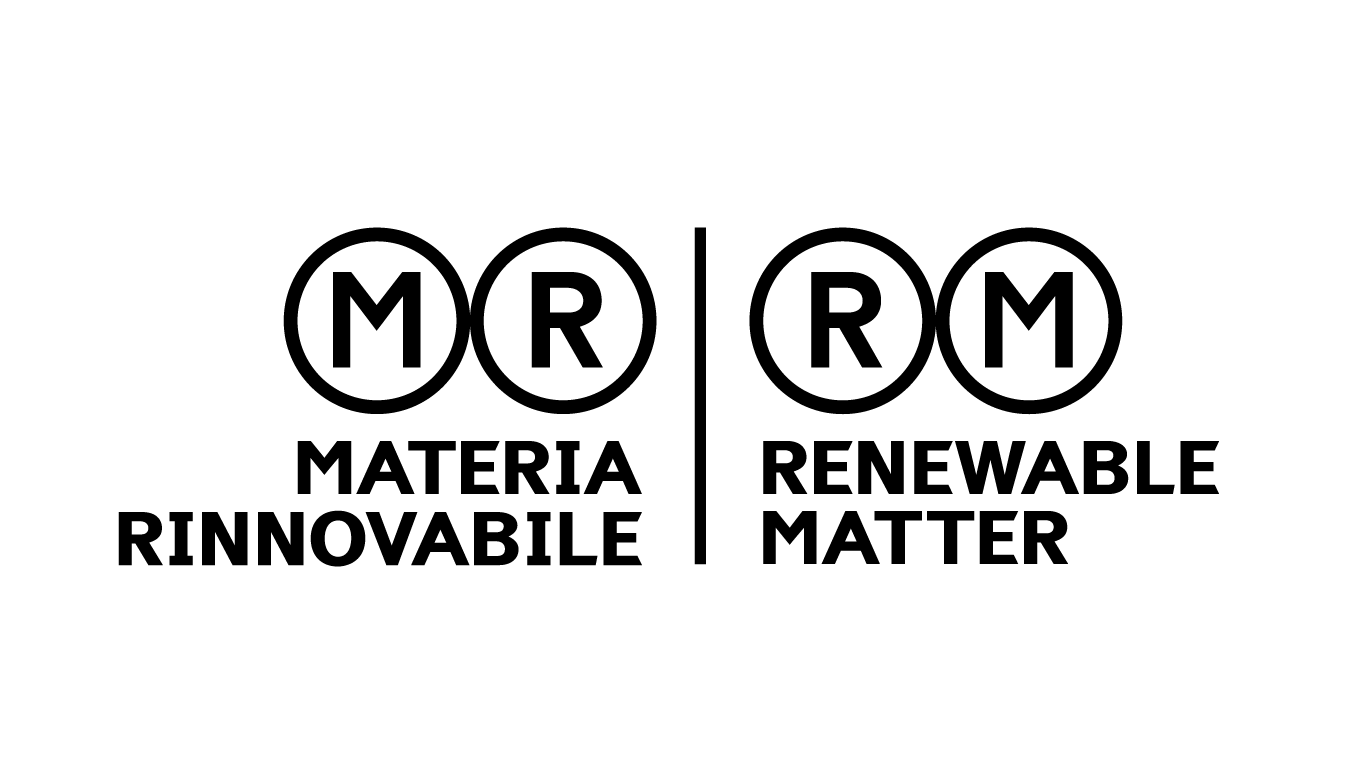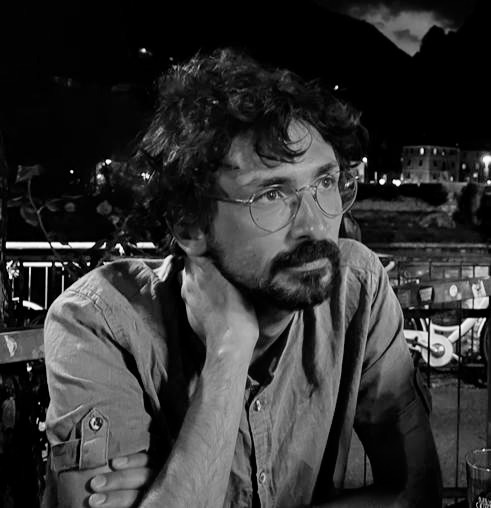
They allow water to be stored in its most precious reservoir, the subsoil, with lower environmental impacts and costs than surface aquifers. Yet, for decades, managed aquifer recharge (MAR) techniques went almost as unnoticed as the water they store.
Today, however, something is changing. Last September, the Sanpellegrino group announced a major recharge project in the upper Vicenza plain. Just a year ago, Coca-Cola HBC Italia launched a similar initiative in the Verona area. If the interest of large beverage companies in this technology is driven by the need to offset the water footprint inevitably associated with their business, innovations and experiments in this technique continue, driven by research and financed mainly by public funds and European projects. Transferring them on a large scale, however, is still difficult, at least in Italy.
The Sanpellegrino project in Brenta: water returned to the land
In Vicenza's upper plains, once abundant springs flowed that have now been depleted after decades of excessive withdrawal and soil sealing. Here, Sanpellegrino has financed a new groundwater recharge system developed with Etifor, an environmental consulting company and spin-off of the University of Padua, as part of the Brenta Land Reclamation Consortium.
The project, the fruit of work begun in 2023 and officially launched in September 2025, is entirely supported by the group (over €1 million) and is expected to store around 758,000 cubic metres of water each year. The plant includes two small artificial basins: the first will consist of a wetland with filtering vegetation; the second, with a gravel bottom, will allow water to infiltrate naturally into the aquifer.
The system will be operational from October to May – months of water surplus – in order to ensure water availability during the summer months when demand is highest. A unique aspect of the project, explains Lucio Brotto, founding partner of Etifor, is the possibility of maintaining the productivity of the land surrounding and feeding the reservoir: it will be managed through regenerative agriculture, transforming water-intensive crops such as corn into stable meadows with contextually adapted species suitable for grazing.
“The land retains its agricultural vocation, and the model is highly replicable elsewhere,” Brotto explains to Renewable Matter. The project has environmental and social benefits, including the planting of 7,900 herbaceous plants and trees (1,400 trees around the reservoir), the use of honey meadows, and the creation of a natural area accessible to the public, with educational trails and wildlife observation points. Local residents and schools will be able to participate in the planting, and Sanpellegrino has committed to guaranteeing the maintenance of the plant for the next twenty years.
Coca-Cola in the Verona area
A year earlier, still in Veneto but in the province of Verona, Coca-Cola HBC Italia signed a ten-year agreement with the Verona Land Reclamation Consortium with the goal of recharging the surface aquifer and revitalising the ancient springs system.
The project involves the creation of forest infiltration areas: agricultural and wooded land traversed by channels on highly permeable soils, which will allow around 800,000 cubic metres of water per year to be conveyed from the Adige surface aquifer. The initiative was created to compensate for the withdrawals of the Nogara plant, but has a broader value: contributing to the water regeneration of an area that is currently suffering greatly.
Both Sanpellegrino and Coca-Cola HBC point out that the water returned to the communities is not the same as the water bottled: the former does not draw water from the area where it operates, while the Nogara plant uses much deeper aquifers.
“What these companies are doing is voluntary,” explains Giustino Mezzalira, an expert in river restoration, spring conservation and aquifer recharge, who for years led the research department at Veneto Agricoltura, to Renewable Matter. “They are compensating for their water debt, a commitment that stems from corporate choices and a growing focus on environmental certification.” And among the methods of offsetting the water footprint, he continues, and of all the efforts to achieve an integrated water cycle, groundwater recharge “is the most effective and competitive: at a low cost, companies can pay off their water debt. We all talk about circularity, but what we often do is return the extracted water to nature after using it. This does not really close the circle; we extract a precious resource from the subsoil and return it to the surface in much worse condition, which is not the case when we recharge aquifers.”
The situation in Italy: outstanding examples, but still rare
Beverage projects do not spring up out of thin air. In Italy, the first experiments in artificial groundwater recharge date back to the 1960s, but only a few have been implemented on a large scale. One of the most accomplished is located right next to the new Sanpellegrino project area and is, to all intents and purposes, its forerunner.
Thanks to the Brenta Reclamation Consortium and the European LIFE programmes, forest infiltration areas (AFI) extending over 16 hectares have been created since 2007. These areas are traversed by permeable channels, which since 2012 have formed a small forest (the Bosco Limite) that stores around 16 million cubic metres of water per year. This model has been recognised by the European Commission as one of the best practices in Europe. For Mezzalira, one of its creators, it has proved to be “monstrously effective” since, unlike infiltration basins, which tend to fill with silt and become less permeable, the channels require simpler maintenance.
Just as “excellent” is the recharge system in the Serchio river area in Tuscany, recognised by the United Nations as one of 28 examples of global significance for the employment of these techniques. Here, an induced sub-aquifer recharge method is used, with water filtering from the watercourse through aquifers and then being used for drinking water purposes for around 15 million cubic metres per year. By filtering through the aquifer, explains Rudy Rossetto, professor at the Sant'Anna School of Advanced Studies in Pisa and one of Italy's leading experts in the field, a significant reduction in microbiological and organic contamination in surface water is also achieved.
Despite having been practised for years, aquifer recharge was only regulated in Italy in 2016, and there are only a handful of officially authorised plants: in Suvereto (Livorno) and in the Marecchia basin in Emilia-Romagna. For Rossetto, “this delay reflects a cultural shortcoming. Recharge techniques are rarely taught, so not many professionals offer them. In Europe, an overly cautious approach prevails, often due to a lack of knowledge about the real risks of contamination.”
Rossetto also highlights an economic paradox: “Recharge facilities are much cheaper and easier to build than dams and reservoirs, but for this very reason they offer less political visibility. A 10 million cubic metre reservoir can cost €50-60 million, while a recharge system costs ten times less.”
Future prospects
Despite bureaucratic delays, innovative models are being trialled in Italy. The Life Svolta Blu project, also in the Alto Vicentino area, is testing a water quota market based on groundwater recharge, inspired by carbon credits.
From a technical point of view, the next frontier could be the use of refined water – water treated with tertiary processes after urban purification – authorised by the 2024 Environment Decree. “But at the moment, no one is working practically in this direction,” notes Rossetto. “Italy produces a lot of theoretical innovation, but transferability is still very slow.”
Within this context, privately-owned businesses, and the beverage sector in particular, inextricably connected to the extraction of part of this valuable resource, cannot resolve the issue of water scarcity on their own own. They can, however, contribute to maintaining public awareness and promoting a culture of water that also looks beneath the surface.
Cover: photo Envato



